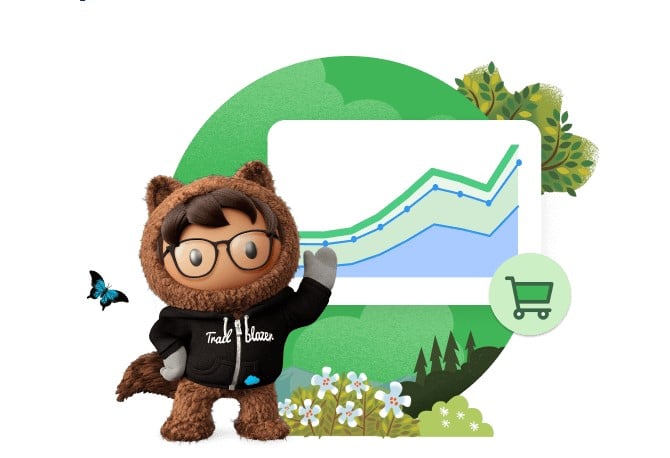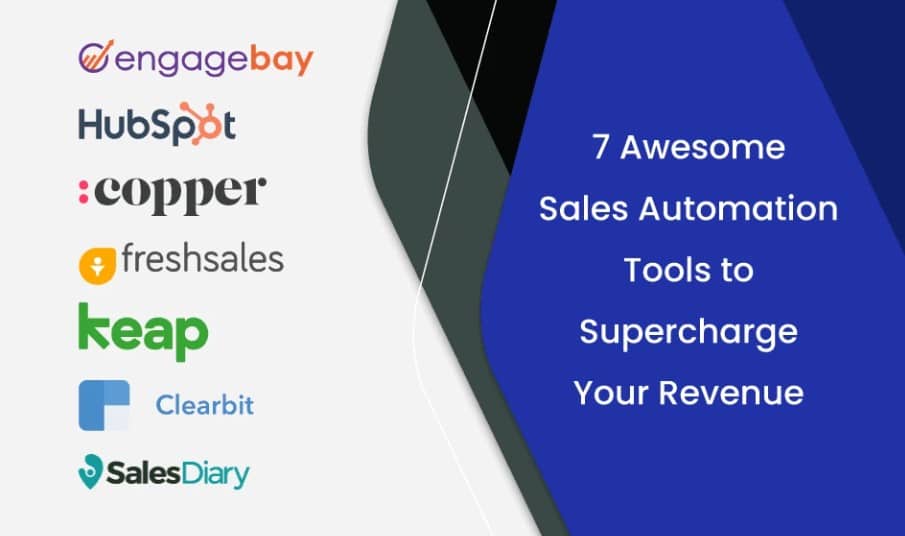In the ever-evolving business world, the question that stands tall is, how do B2B sales teams win with digital commerce? This comprehensive guide aims to be your roadmap, a reliable companion on your digital journey, filled with insights, strategies, and proven methods to secure victory in the digital commerce realm.
How B2B Sales Teams Win with Digital Commerce

What does it take for B2B sales teams to win in the digital commerce arena? The answer lies in leveraging technology, adapting strategies, and understanding the changing landscape of the marketplace. Let’s start our journey by comprehending digital commerce itself.
Understanding Digital Commerce
Digital Commerce: An Overview
Digital commerce refers to buying and selling products or services using the internet. It covers a range of businesses, from consumer-based retail sites to business exchanges of goods and services between corporations.
Digital Commerce Vs. E-commerce: The Difference
E-commerce is a subset of digital commerce. While e-commerce focuses on goods and services transactions, digital commerce is a broader concept. It includes the marketing activities that support these transactions, including people, processes, and technology.
The Growing Importance of Digital Commerce
Why is Digital Commerce Important?
The rise of digital technologies has dramatically changed how businesses operate. The COVID-19 pandemic further accelerated the shift to digital. Nowadays, digital commerce isn’t a luxury but a necessity. The increasing online presence of consumers presents a golden opportunity for businesses to expand their market reach.
Digital Commerce: A Must for B2B Sales Teams
How can B2B sales teams seize this opportunity? It’s all about embracing digital commerce, which offers convenience, wider customer reach, and an opportunity to build robust customer relationships. It’s not just about selling online; it’s about creating a seamless and personalized customer journey.
Key Strategies to Win in Digital Commerce
Customer Experience (CX) Optimization
In the digital era, CX is king. A superior customer experience can set your business apart from the competition. It’s about creating an intuitive and personalized journey that caters to customers’ needs and preferences.
Data-Driven Decision Making
Data is the fuel for digital commerce. It’s crucial for understanding customer behavior, optimizing marketing strategies, and making informed business decisions. Using advanced analytics tools, B2B sales teams can gain valuable insights to enhance their sales efforts.
Building a Mobile-Friendly Platform
With the proliferation of smartphones, a mobile-friendly platform is no longer optional. It’s essential. Businesses should ensure their platforms are accessible and optimized for mobile use, providing a seamless shopping experience regardless of the device used.
Digital Commerce Tools for B2B Sales Teams
Customer Relationship Management (CRM) Software
CRM systems allow businesses to manage and analyze customer interactions throughout the customer lifecycle. They’re pivotal in improving customer service, enhancing customer satisfaction, and increasing profitability.
E-commerce Platforms
Choosing the right e-commerce platform is crucial for the success of a B2B digital commerce strategy. It should be easy to use, secure, scalable, and customizable to your business needs.
Digital Marketing Tools
Tools like email marketing software, SEO tools, and social media management platforms can significantly enhance your digital commerce efforts. They help in reaching a larger audience, engaging potential customers, and driving conversions.
Navigating Digital Commerce Challenges
Understanding the Digital Commerce Landscape
The digital commerce landscape can be challenging to navigate due to its dynamic nature. Staying abreast of market trends, understanding customer behavior, and adapting to technological advancements is key.
Security Concerns
The digital realm is riddled with security threats. Businesses need to prioritize cybersecurity, ensuring the protection of customer data and maintaining trust in their digital commerce platform.
Digital Commerce Success Stories
How Big Brands Won with Digital Commerce
There are numerous success stories of brands that have thrived by embracing digital commerce. These stories provide valuable lessons and insights for B2B sales teams striving for digital commerce success.
Lessons from Digital Commerce Success Stories
Success stories serve as a blueprint for what works in digital commerce. They highlight the importance of customer-centric strategies, data-driven decision-making, and innovative digital commerce solutions.
Future Trends in Digital Commerce
Emerging Technologies in Digital Commerce
Technologies like AI, machine learning, and blockchain are transforming the digital commerce landscape. These technologies help in personalizing the customer experience, enhancing security, and improving operational efficiency.
The Future of Digital Commerce: Predictions and Insights
The future of digital commerce promises more opportunities and challenges. Staying ahead of these trends will be crucial for B2B sales teams to maintain a competitive edge.
FAQs
- What is digital commerce? Digital commerce involves buying and selling goods or services using the internet. It includes marketing activities that support these transactions.
- How do B2B sales teams win with digital commerce? B2B sales teams can win with digital commerce by optimizing the customer experience, making data-driven decisions, using digital commerce tools effectively, and navigating digital commerce challenges.
- Why is digital commerce important for B2B sales teams? Digital commerce allows B2B sales teams to reach a wider audience, offer convenience, and build stronger customer relationships. It’s crucial for business growth in today’s digital age.
- What are some key digital commerce tools for B2B sales teams? Key digital commerce tools for B2B sales teams include CRM software, e-commerce platforms, and digital marketing tools.
- What future trends can we expect in digital commerce? Future trends in digital commerce include the rise of emerging technologies like AI, machine learning, and blockchain. These technologies will transform customer experience, security, and operational efficiency in digital commerce.
- How can B2B sales teams overcome digital commerce challenges? B2B sales teams can overcome digital commerce challenges by understanding the digital commerce landscape, staying updated with market trends, and prioritizing cybersecurity.
Conclusion
Understanding how B2B sales teams win with digital commerce is key to staying competitive in today’s business landscape. By optimizing the customer experience, making data-driven decisions, and leveraging the right tools, businesses can seize the digital commerce opportunity to drive growth and success.
[hurrytimer id=”110″]

